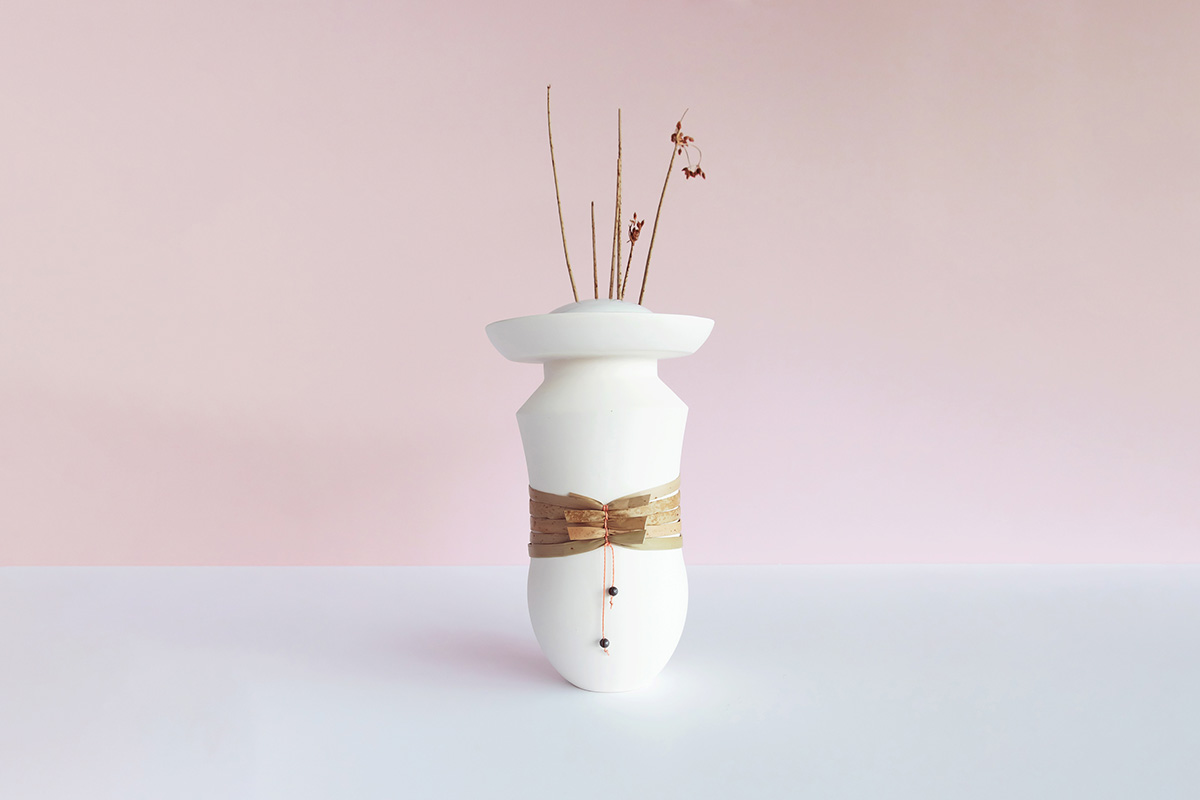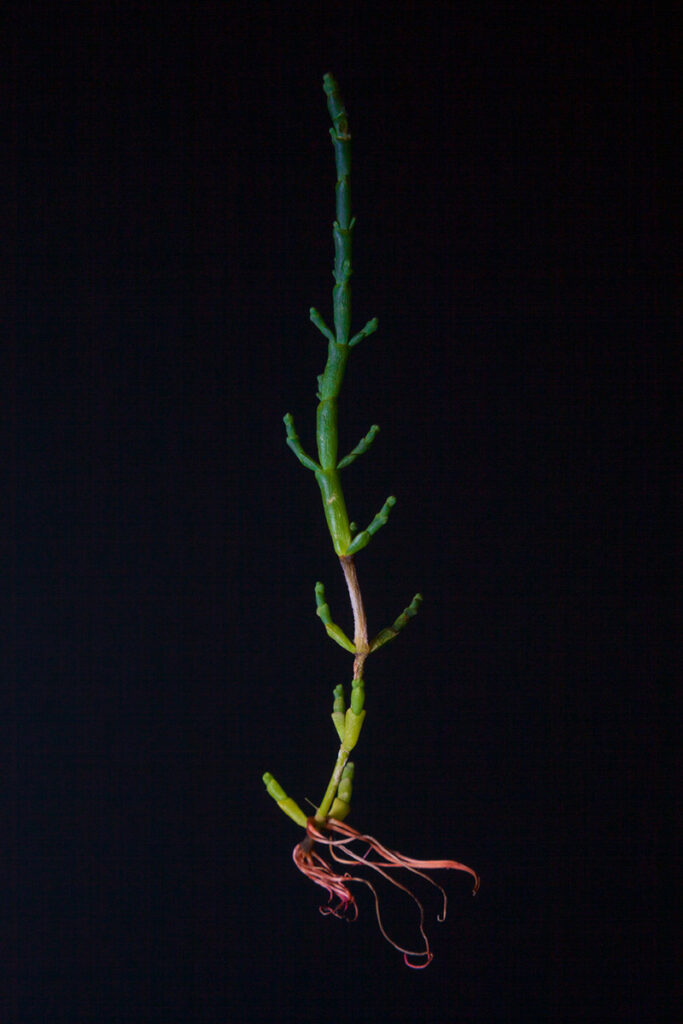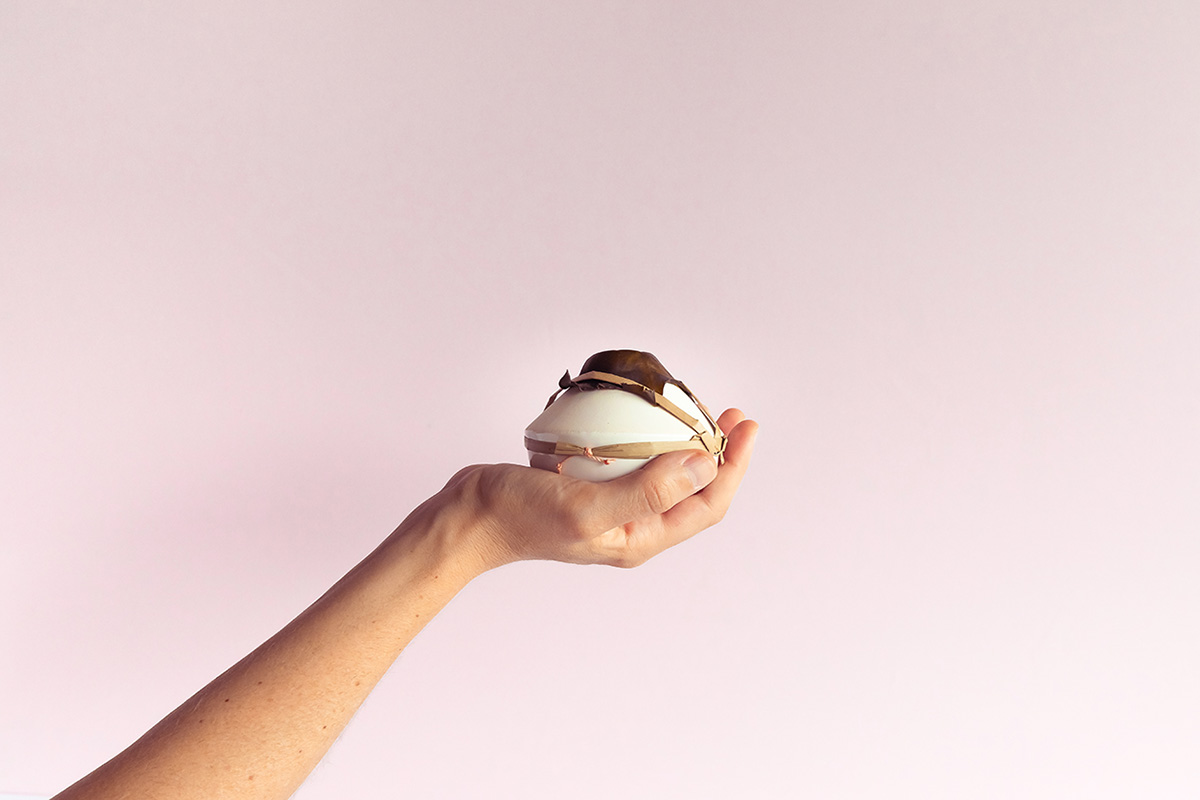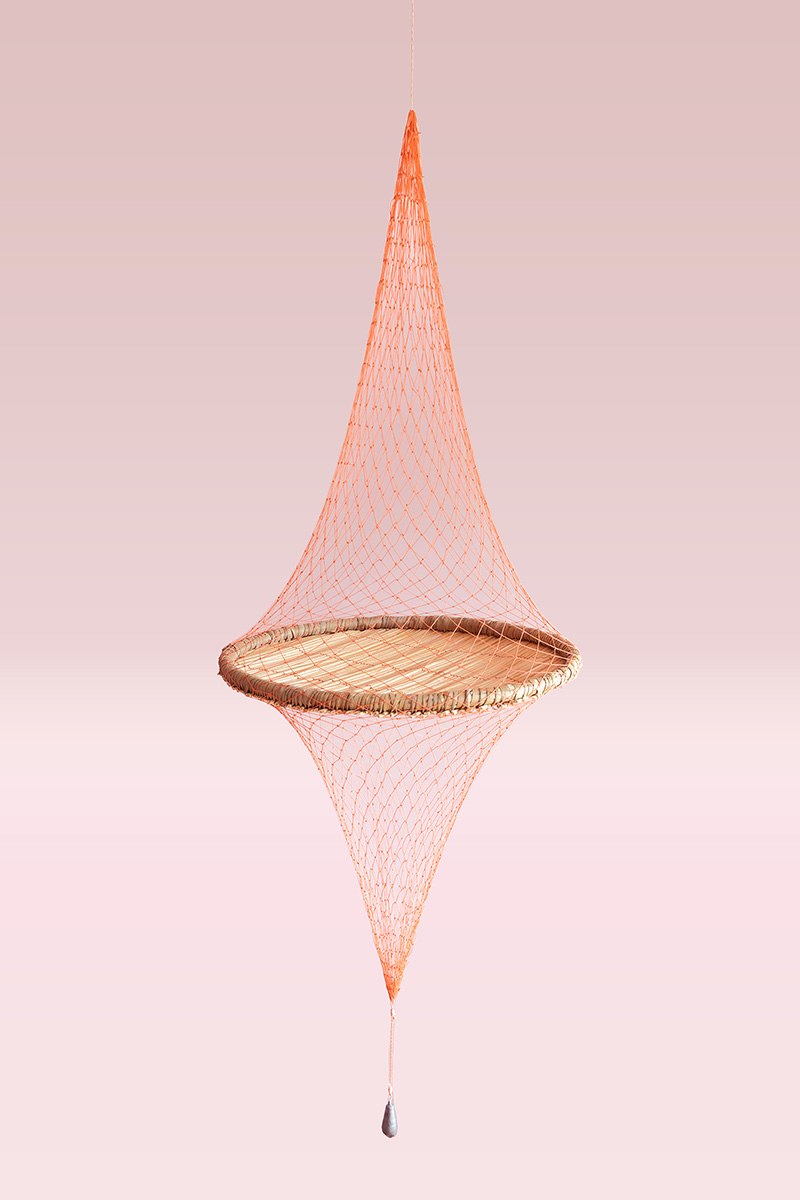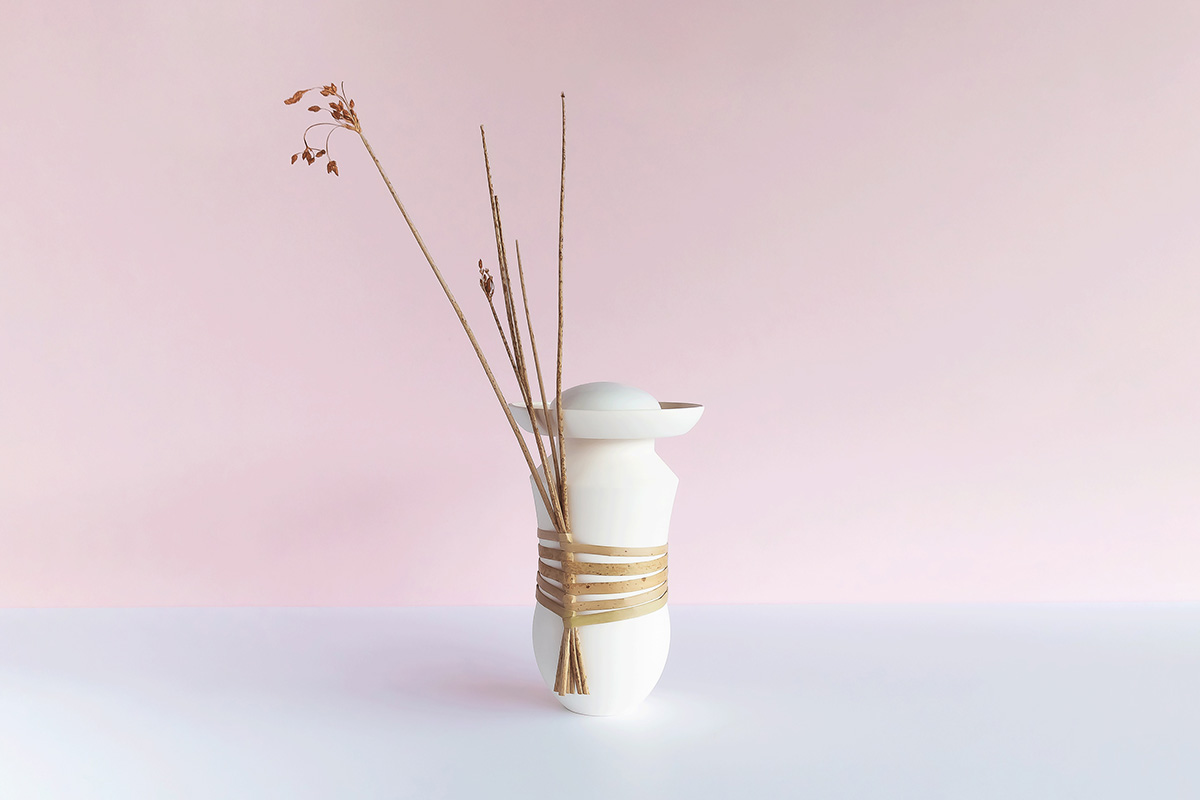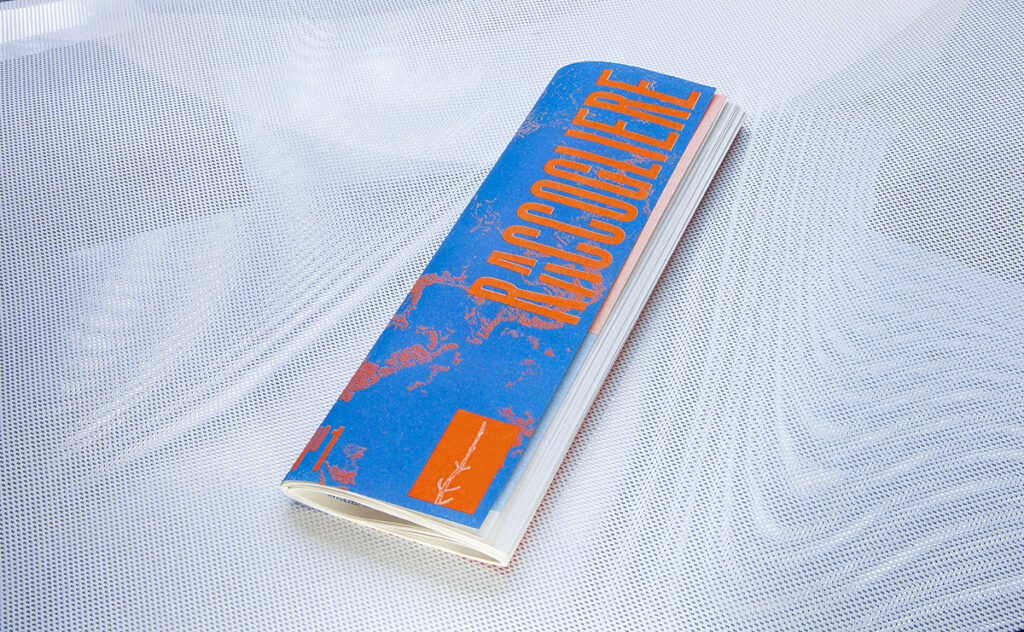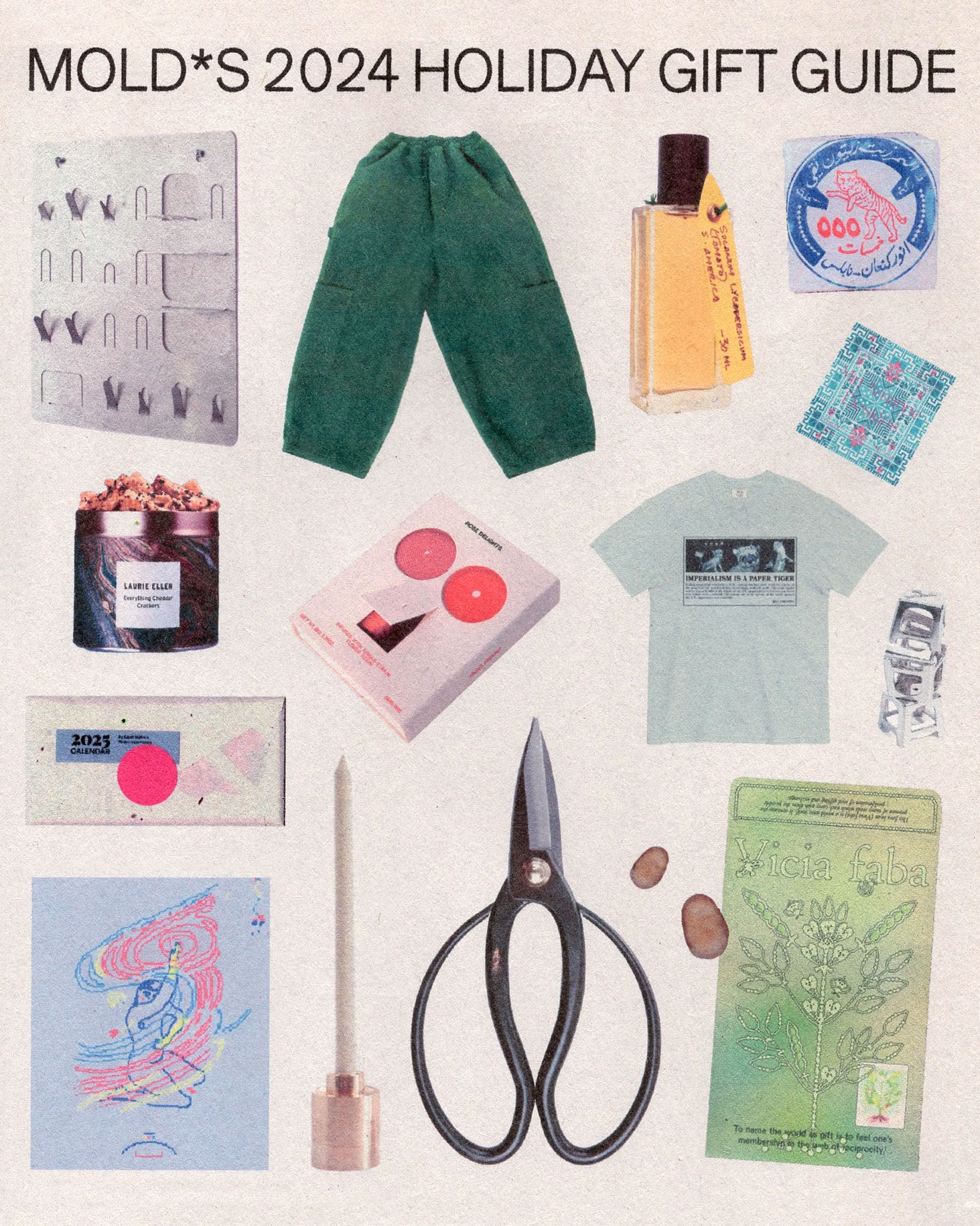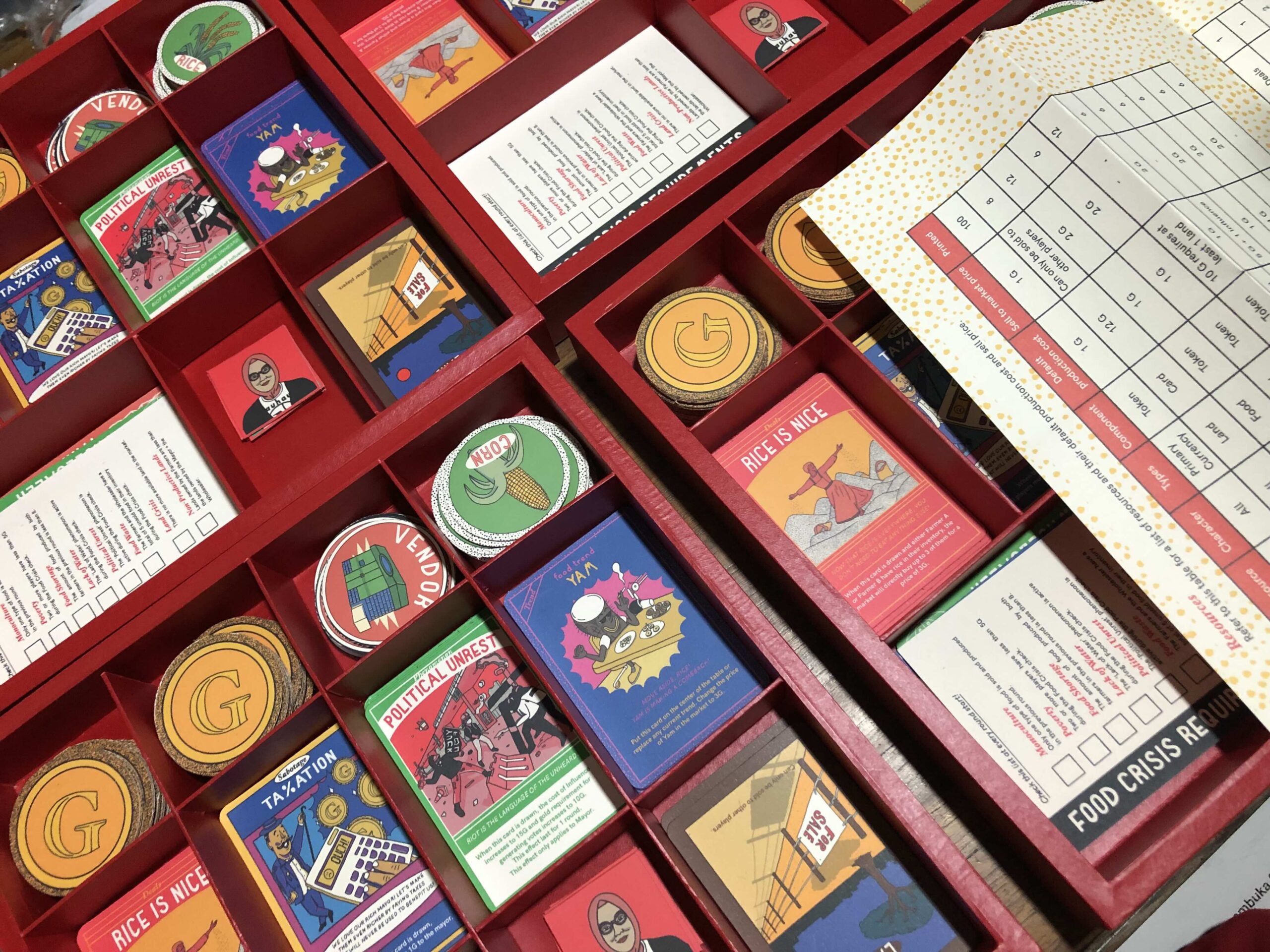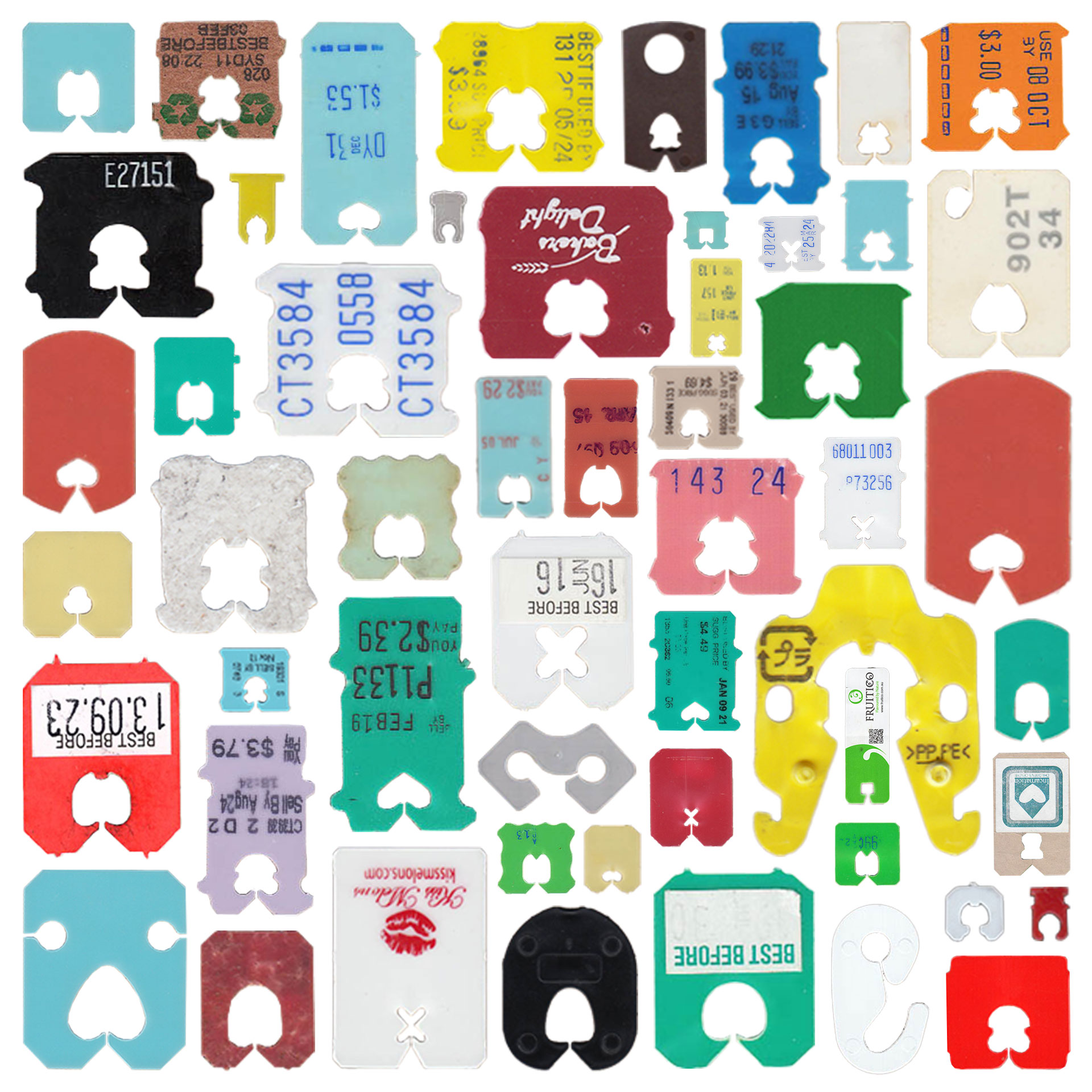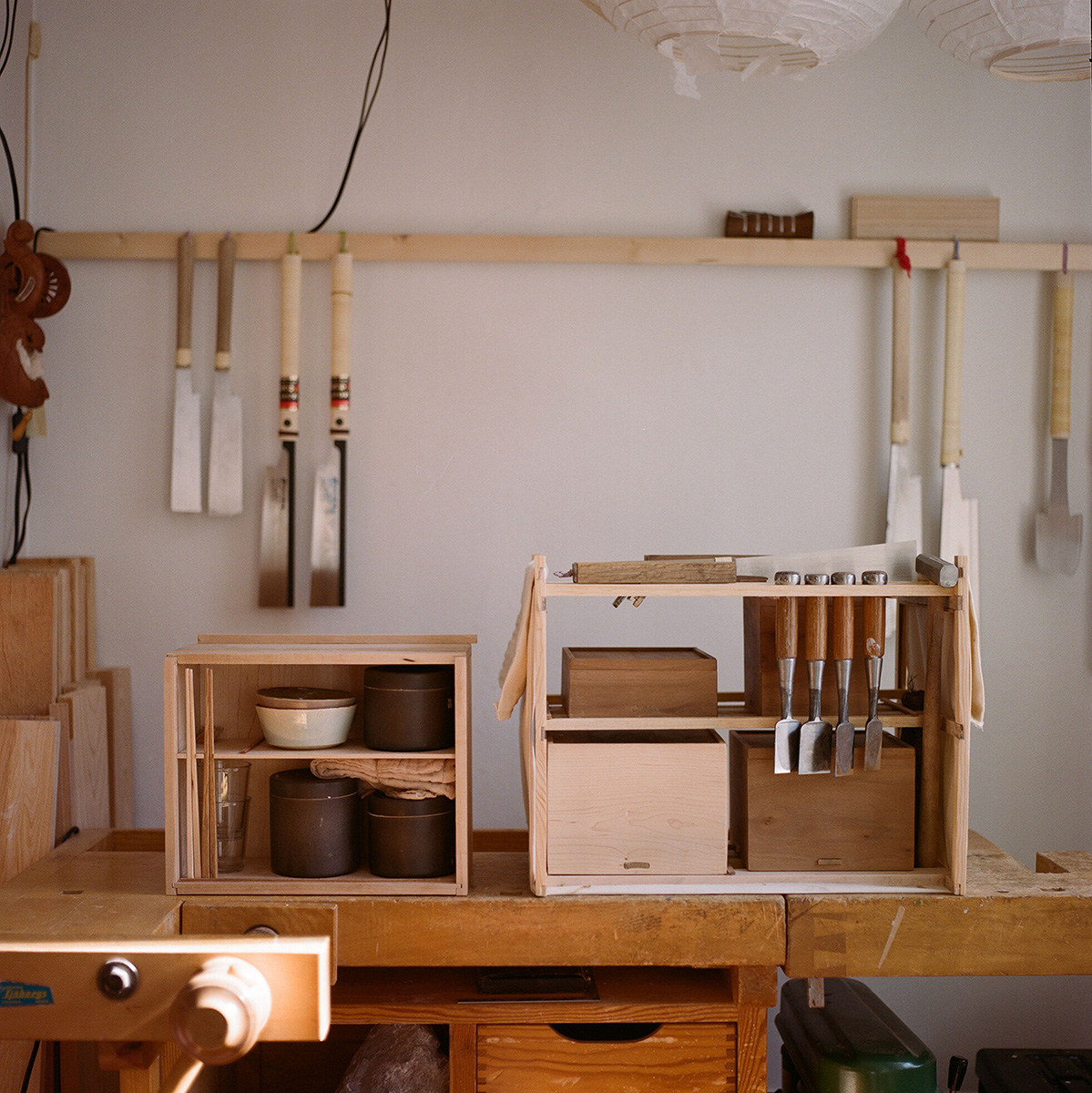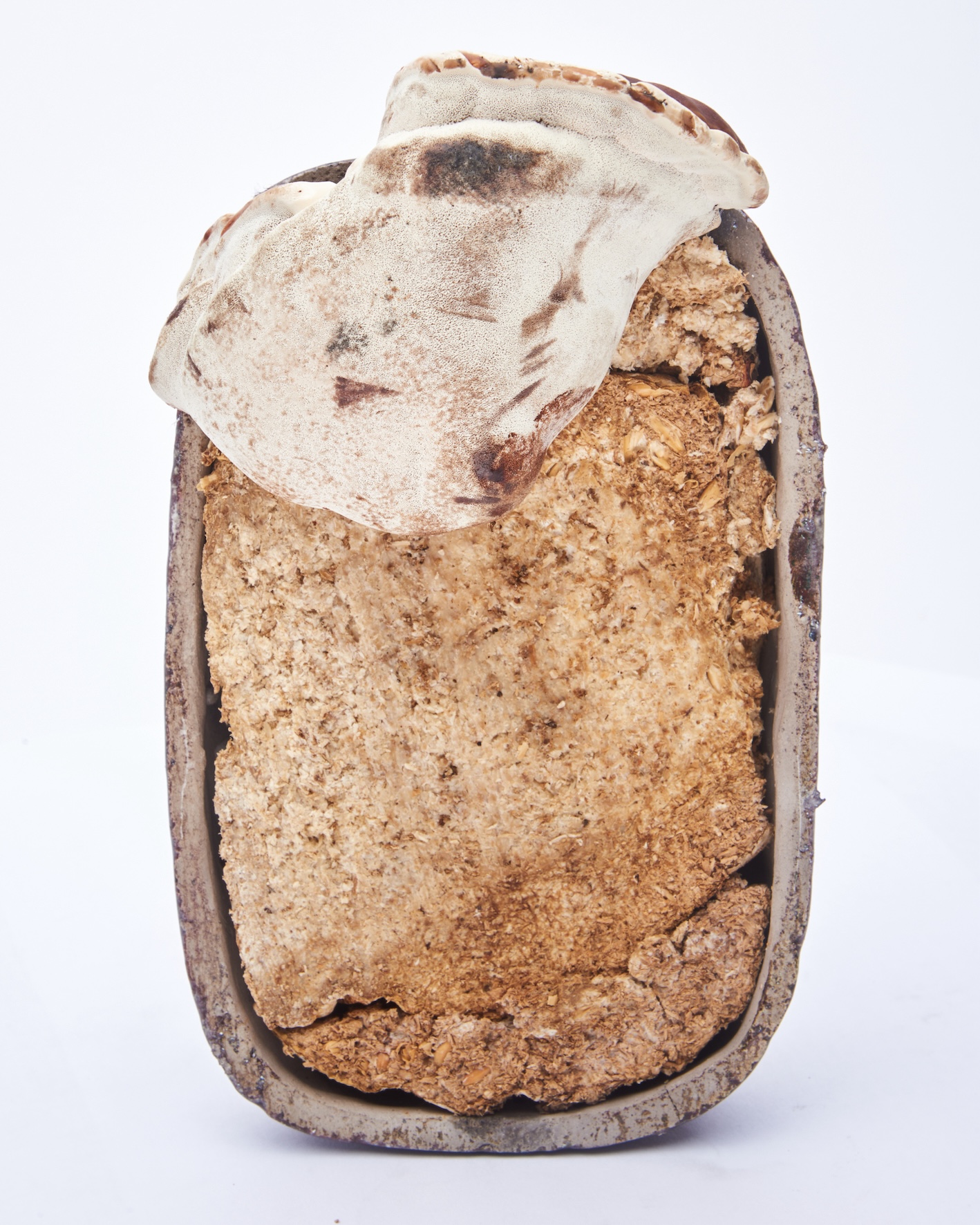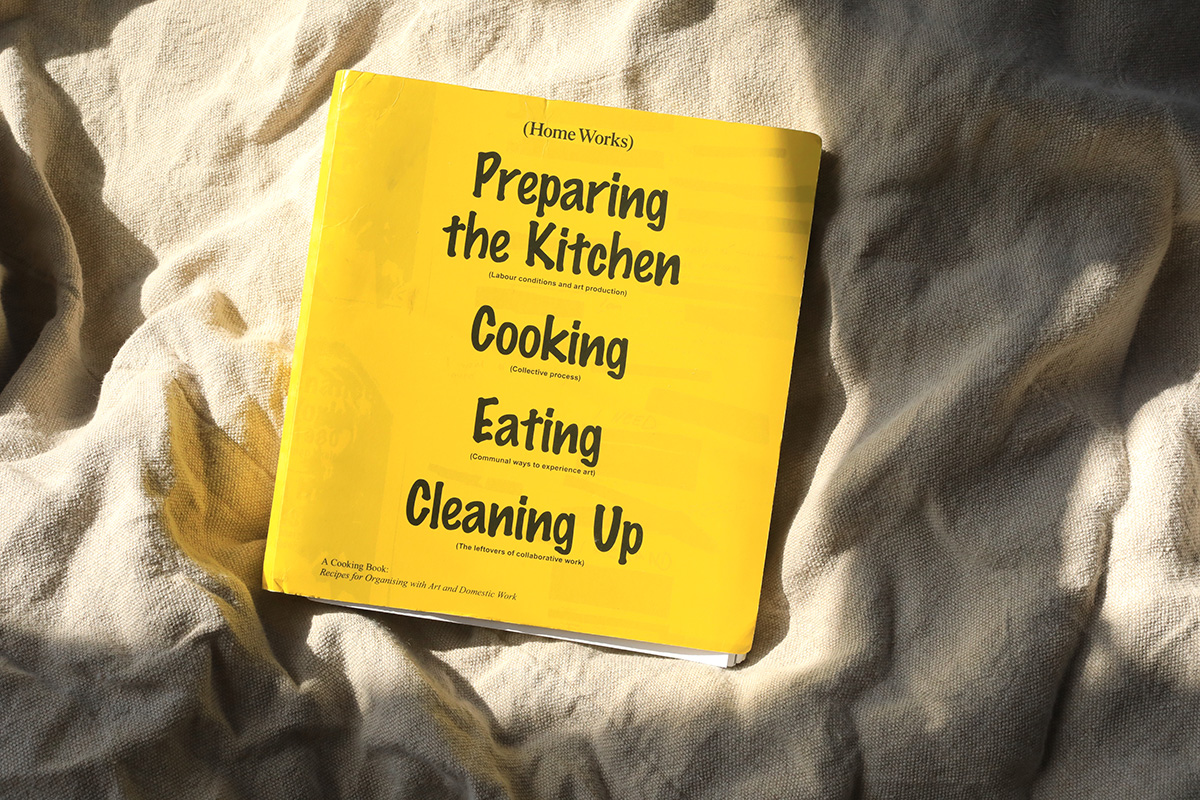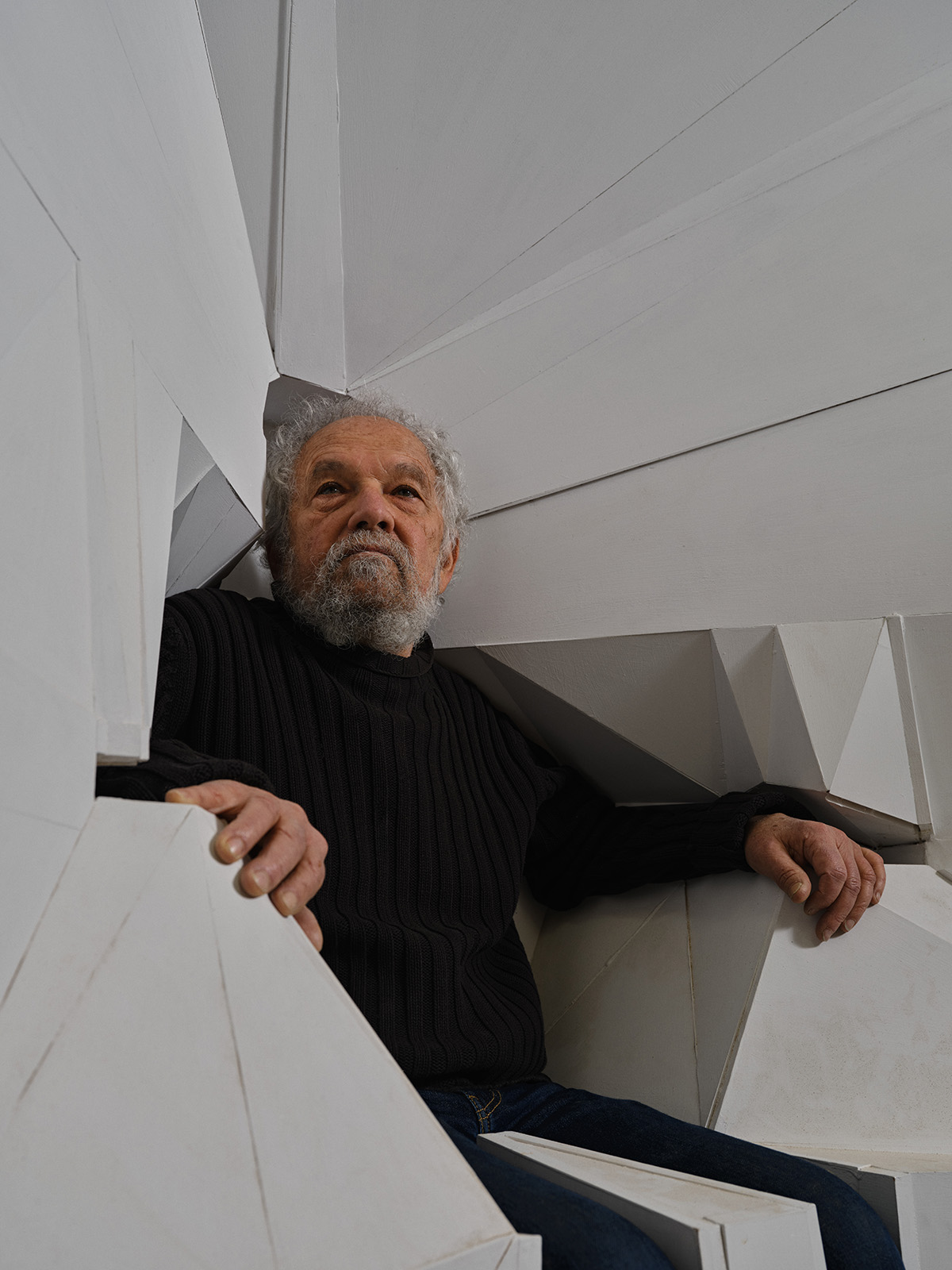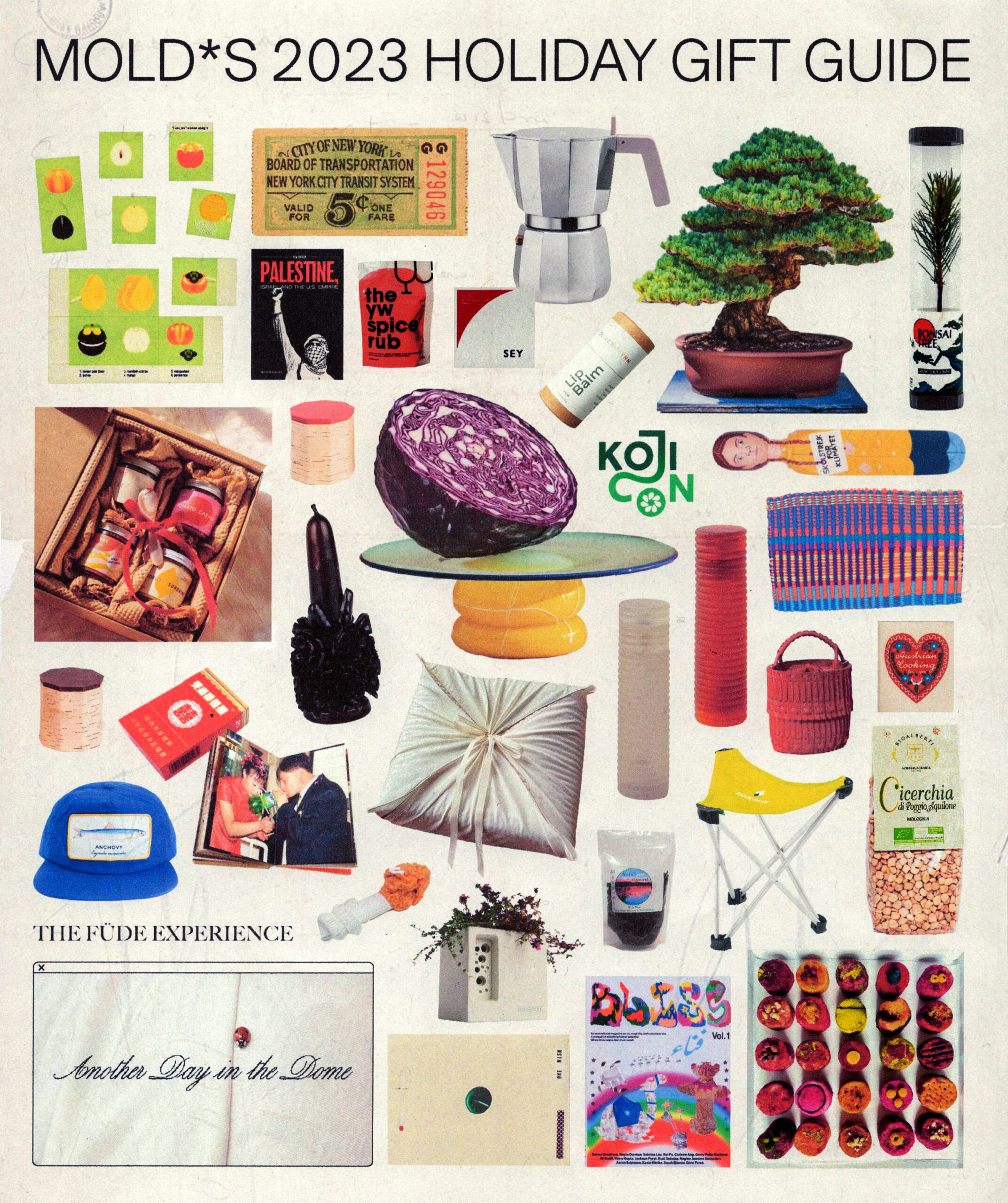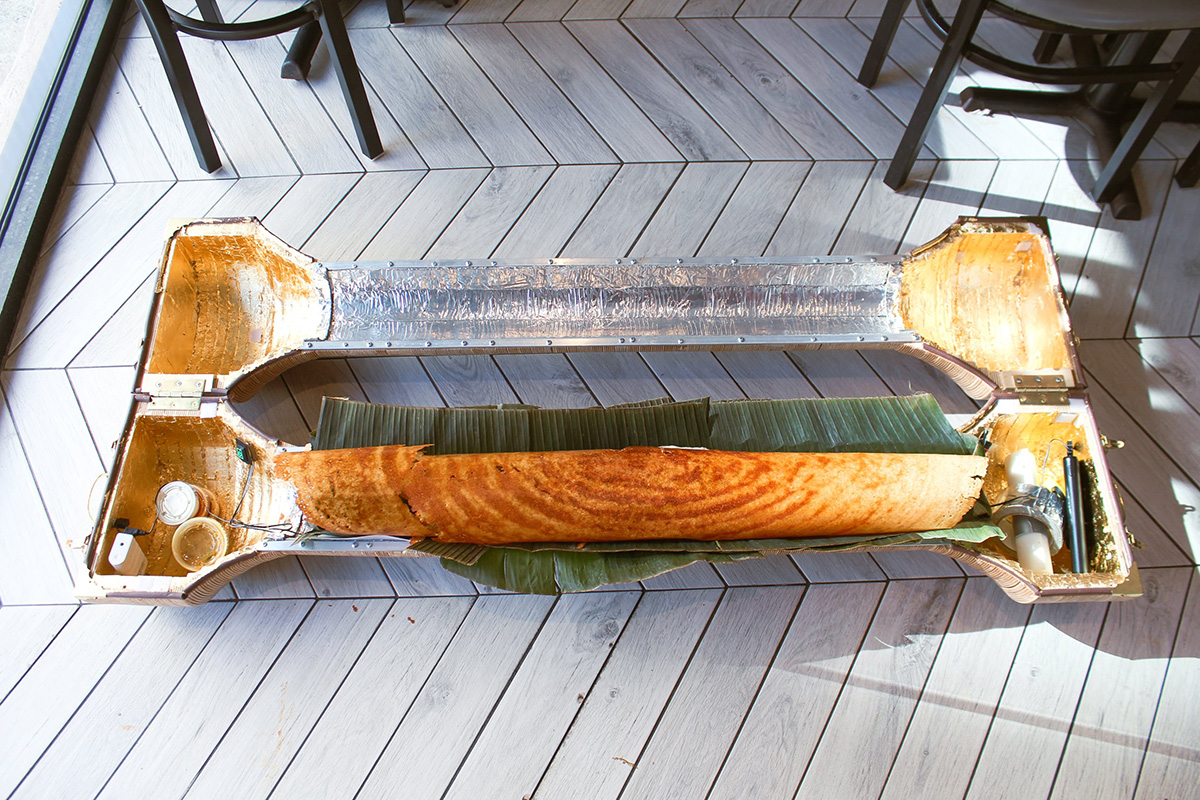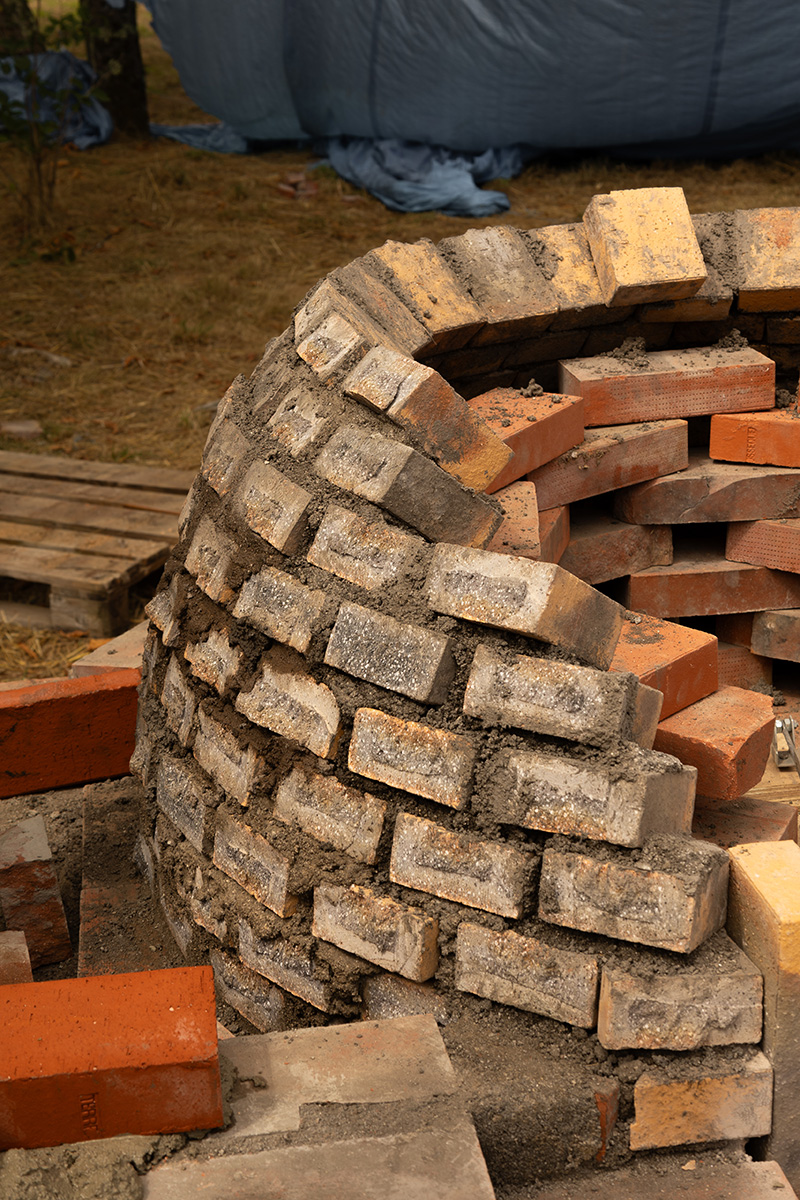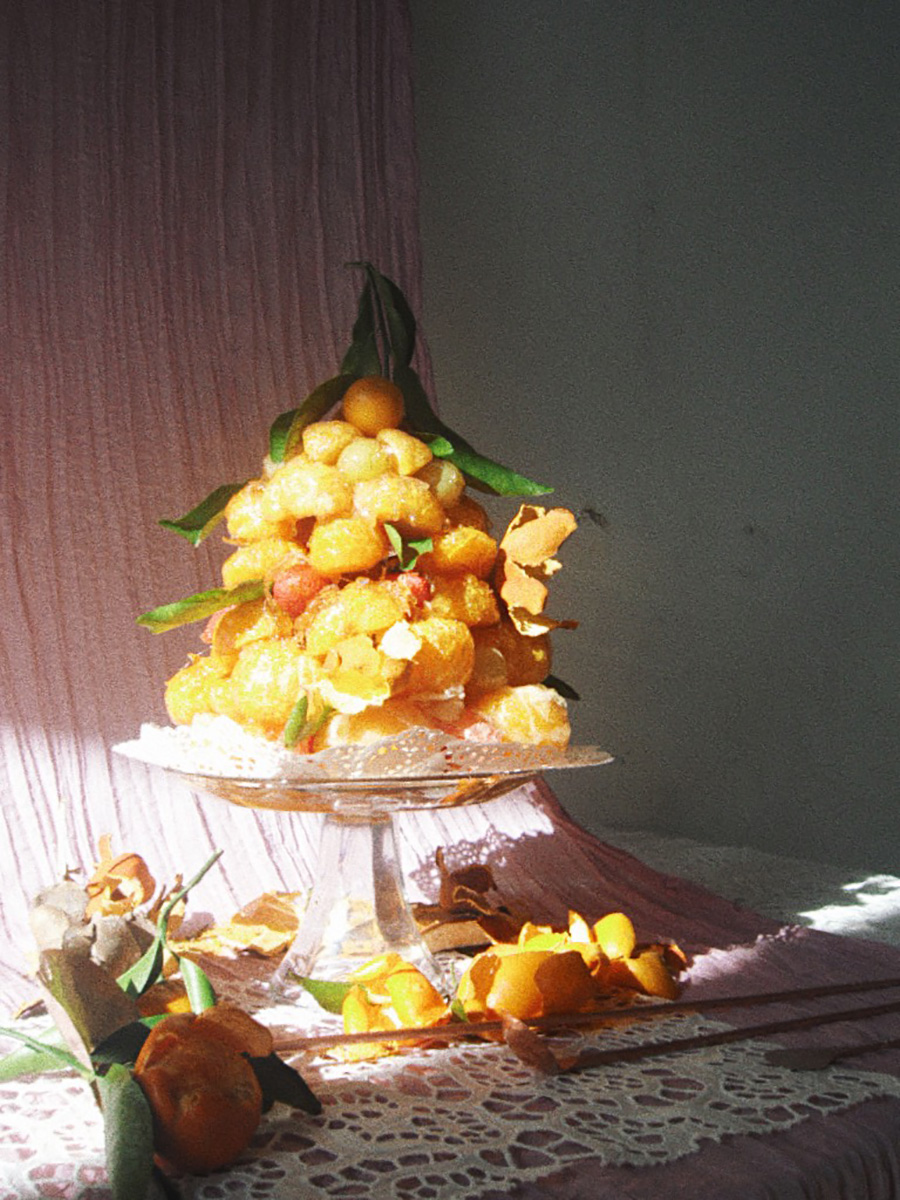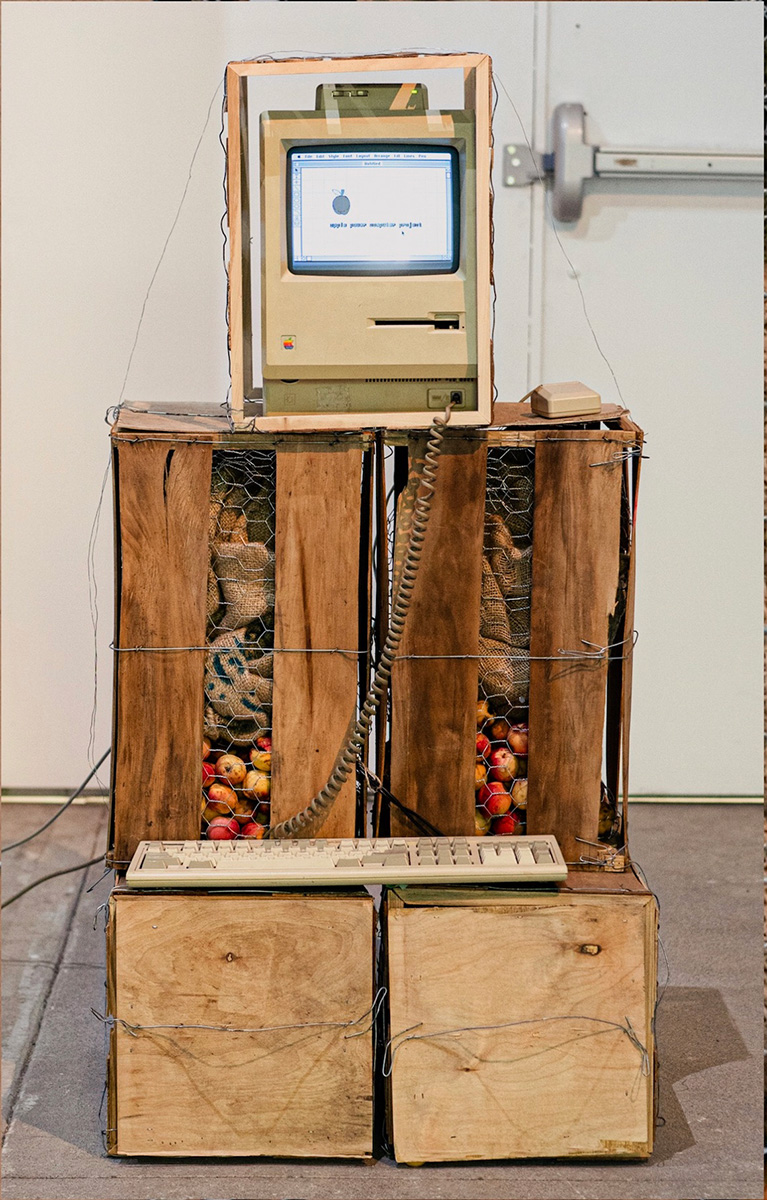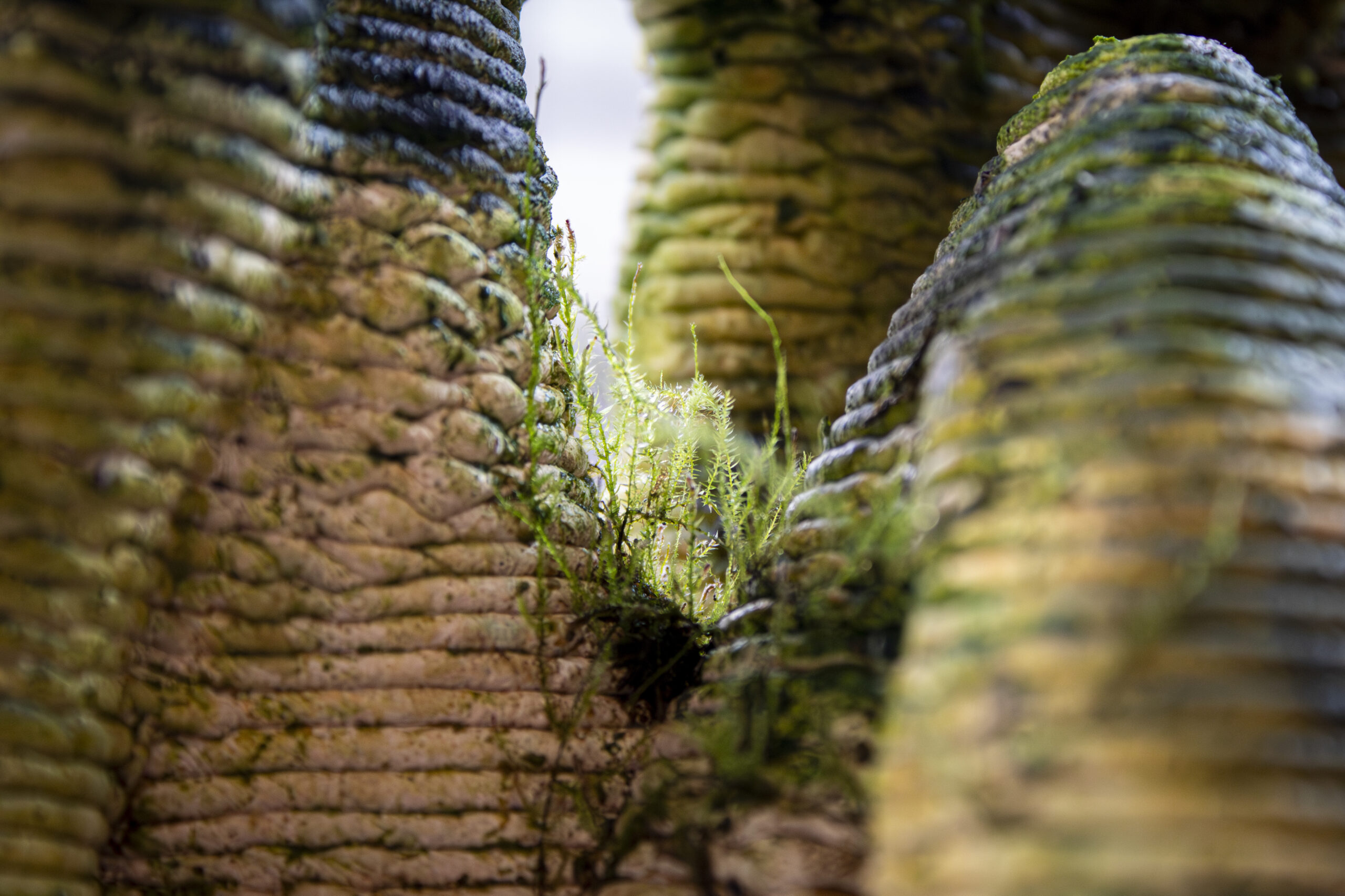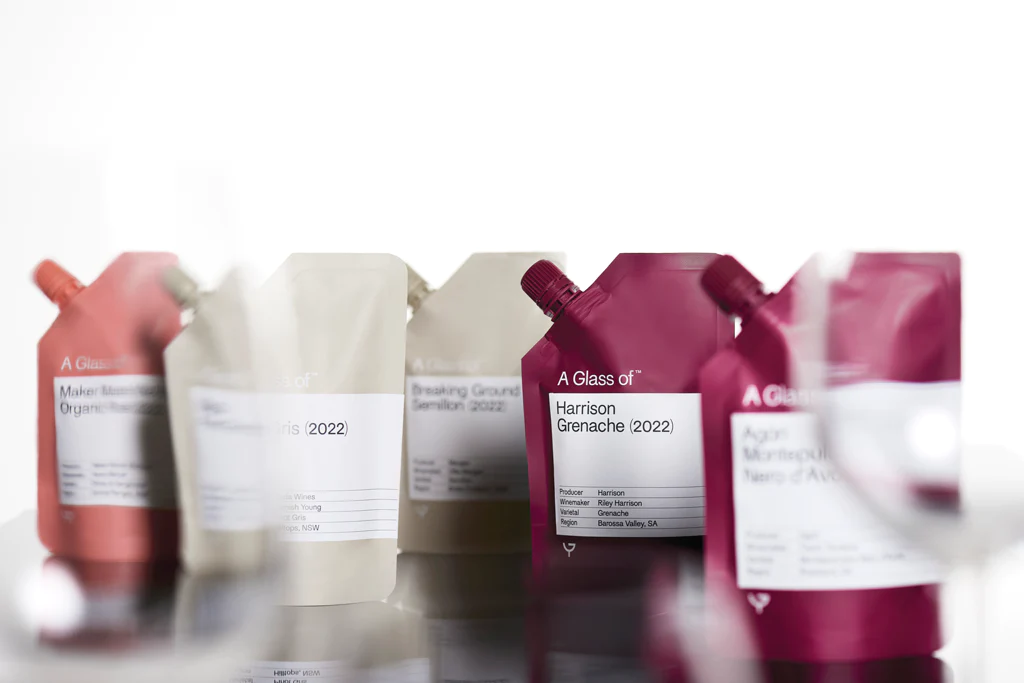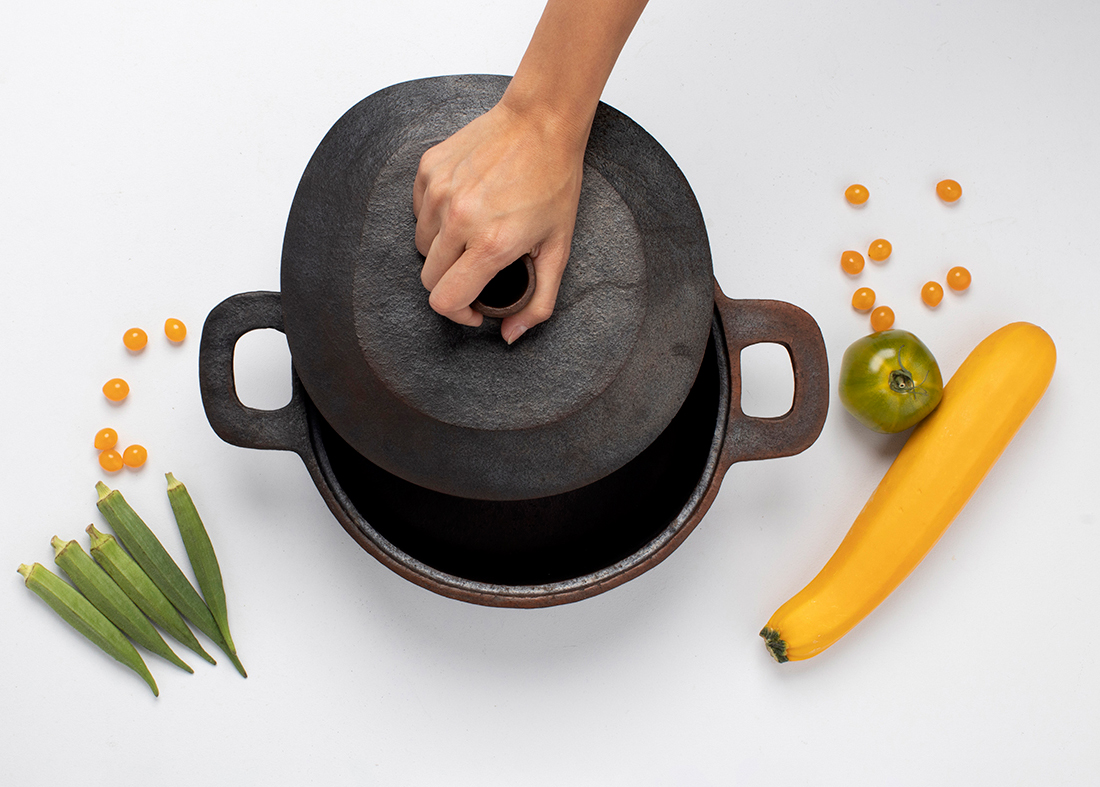Project Overview
Raccogliere (in Italian, “to gather, to collect”) explores Venice through the perspective of Salicornia – a halophyte growing in the intertidal zones of the lagoon. In developing a set of tools to process the plant and a dedicated bilingual publication, the project offers a new perspective on the changing conditions in the fragile ecosystem of Venice and its lagoon.
Problem
In the unique location of Venice, between land and sea, extreme weather conditions have constantly transformed the lagoon as well as the city. Today, local farmers are losing their fertile grounds bit by bit as salinization slowly forces its way through the land, threatening their livelihoods. Yet in these extreme conditions, some plants are thriving, namely halophytes, salt-loving plants. One of these, Salicornia, is found growing in abundance in the lagoon’s intertidal zones, resilient to the harsh saltwater and rising sea levels. As global warming continues, and the salinization of the land increases, more and more Salicornia is spreading all over the lagoon and can be found even further up the Po River1. Known also as Sea Asparagus, Sea Bean, Glasswort, Pickleweed, and Samphire, Salicornia has many possible uses—as a food resource and salt substitute, as well as in industrial compounds. Moreover, Salicornia plays a pivotal role within the lagoon’s marshland ecosystem; In the fragile intertidal zones between islands and the mainland, the plant gathers debris from rock particles, sand, shells, and minerals, turning these particles effectively into soil–setting the ground for other species to thrive.
- 1The Po River is the longest river in Italy, emptying into the Adriatic sea.
Although the plant grows in abundance in the marshlands and all over the lagoon and is sold in the market for 20 euros per kilo, Venetians are not yet using it—farmers still consider it a weed invading their gardens—unaware of its many benefits. Moreover, locals cannot reach the plant, as the marshes are considered protected areas according to different bodies such as UNESCO and local authorities. But, as the land transforms the vegetation, the local culture must adapt to the new conditions.

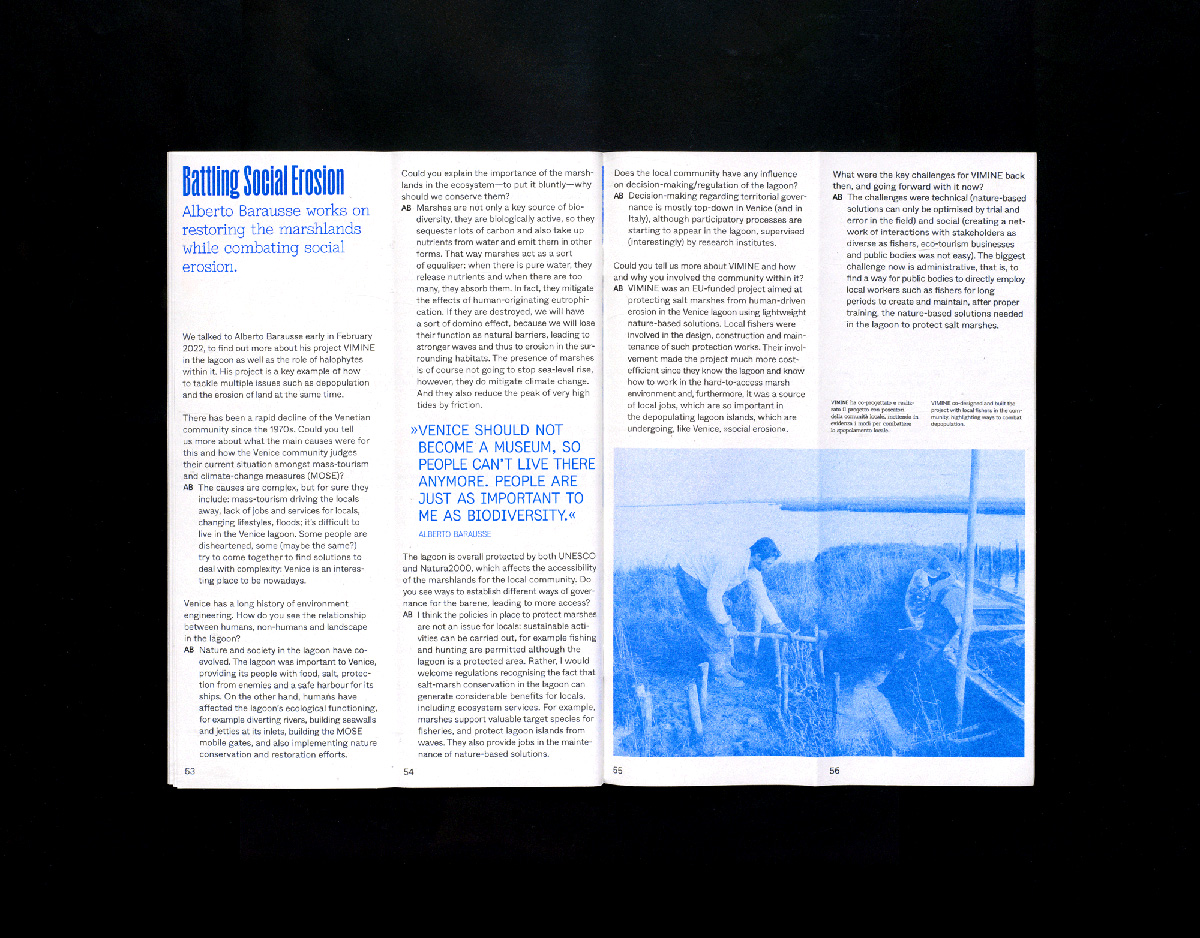
Design Process
Through interviews with different local actors ranging from farmers and scientists, to activists and chefs, we studied the ecosystem, gaining invaluable knowledge and insights into the challenges imposed on both the local community and the lagoon. To address these issues, Raccogliere operates at two points in time. On one hand, looking to the future, and imagining a possible change, and on the other, focusing on the present state—aiming to form and inform the local and global community on the different challenges Venice is facing.
Studio Noff (Daniel Garber and Amalia Magril) designed a set of tools to process Salicornia, in order to imagine and portray a possible future where Venetians recognize the many benefits of Salicornia and other halophytes, and gain access to harvest, cultivate, and process it for different uses. The tools—fermentation and pickling jars, a saltshaker, and a drying rack—take advantage of the natural salty properties of the plant and refer to Venice’s long history with salt.
Based on traditional crafts and local materials—the tools were designed as an evolution of Venetian material culture, each embodying a different element of the lagoon; the fermentation and pickling jars were inspired by the traditional albarello—a ceramic storage jar dating back to the 15th century. The fermentation jar uses water as a sealant, and has rush ornaments in place of the traditional blue decorations of the albarello. It acts as a small marshland one can take home. The pickling jar is sealed with kelp— an invasive algae common to the lagoon. The saltshaker is covered by the same algae, and with its rounded bottom it is in constant movement like the ever-changing landscape of the intertidal zones. Lastly the drying rack, made from willow and rush, is inspired by the Italian Crivo—a traditional sieve basket. It is hung with a fishing net and anchored with a fishing sinker, as an evolution of the local fishing culture.
Focused on the present day in the Venetian Lagoon, Sigrid Schmeisser edited and designed a bi-lingual publication in English and Italian, beginning from the perspective of Salicornia, our chosen more-than-human actor which inspired the title Raccogliere. Based on the idea of “the commons”, and in consideration of existing ecosystems with their manifold agents and entanglements, the aim was to search for existing regenerative and resistance practices within the lagoon. In what ways are communities currently responding to the challenges and how might different agendas in this fragile intertidal ecosystem be mediated? The zine features multiple approaches and voices from several fields across science, design, art, and local non-profit organizations to answer this question. Schmeisser continues to interview and map actors within Venice and beyond as part of the online magazine section called ”PagineBlu” to showcase alternative perspectives and responses in the face of environmental decline.
Shaping the Future of Food
Departing from an other-than-human perspective, the basic premise of the project is that humans are an integral part of the ecosystems in which they live. As our environments undergo rapid and profound changes, how we dress, move, dwell, and eat will require radical shifts. Venice, both as a city and an ecosystem, stands at the forefront of these transitions, offering invaluable lessons for the global community.
Raccogliere calls on us to adapt our cuisine to the shifting climate conditions, provoking a possible alternative scenario while also sharing knowledge and facilitating collaborations; Using everyday objects, the project integrates these transitions into domestic spaces, allowing this possible future to take form and enable a tangible shift in perspective. Through a dedicated publication, it brings the efforts of individuals and groups who are already laying the foundations for such transitions to the foreground, inviting us to draft our future culture and take an active part in the transformation process.
About the Practice
Noff is a research-based design studio based in the Netherlands, founded by Daniel Garber and Amalia Magril. Combining critical reflections and in-depth research of production systems, supply chains, and aesthetic cultures—the multi-disciplinary duo aims to foster a better understanding of the forces that shape the complex reality we live in. In their practice, they use design to investigate and reflect on social, ecological, historical, and political issues in order to promote more holistic modes of production and consumption.
Sigrid Schmeisser (AT) is a designer and researcher based in the Netherlands. She founded the design & research studio Peak15 with a focus on publications and exhibitions for researchers and institutions. Her own artistic practice is characterised by a site-responsive and research intensive approach. A current focus lies on investigating post-natural landscapes as landfills, which she reframes as land bodies. Schmeisser also investigates entanglements with more-than-human species including plants with invasive behaviour, (SOLIDAGO) as well as situating them as agents into complex ecosystems in decline, such as Salicornia in the Venice lagoon.
